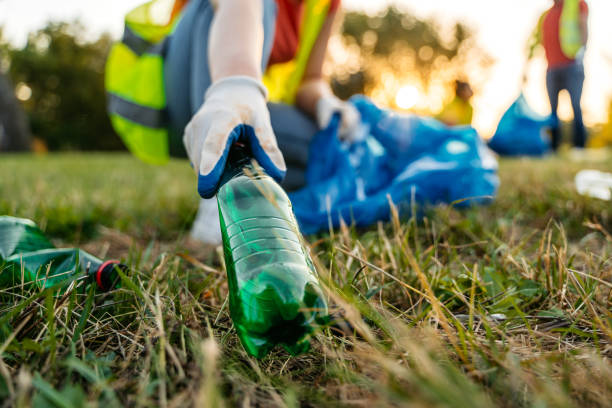In today’s world, where environmental consciousness is on the rise, the importance of recycling cannot be overstated. Recycling not only helps conserve natural resources but also reduces the amount of waste sent to landfills, ultimately benefiting the planet. When it comes to junk removal, many people are unsure of what items can be recycled and how to go about the process. In this article, we’ll explore the various items that can be recycled during junk removal and provide tips on how to do so effectively.
1. Paper and Cardboar
Paper and cardboard are among the most commonly recycled materials. Items such as newspapers, magazines, cardboard boxes, and office paper can all be recycled. When disposing of paper and cardboard during junk removal, it’s essential to keep them clean and dry to prevent contamination. Flatten cardboard boxes to save space and make transportation easier.
2. Plastics
Plastics are another material that can be recycled, although not all types of plastic are accepted by recycling facilities. Look for recycling symbols on plastic items to determine whether they can be recycled. Common recyclable plastics include PET (polyethylene terephthalate) used in water bottles, HDPE (high-density polyethylene) used in milk jugs, and PVC (polyvinyl chloride) used in pipes and packaging.
3. Glass
Glass is infinitely recyclable and can be melted down and reshaped into new containers endlessly. Items such as glass bottles and jars can be recycled. However, it’s important to remove any caps or lids before recycling glass items. Additionally, sorting glass by color (clear, green, brown) can help improve the recycling process.
4. Metals
Metals such as aluminum, steel, and tin can also be recycled. Common metal items that can be recycled during junk removal include aluminum cans, steel food containers, and tin cans. These metals can be melted down and used to make new products, conserving energy and resources in the process.
5. Electronics
Electronic waste, or e-waste, is a significant environmental concern due to the presence of hazardous materials such as lead, mercury, and cadmium. Many electronics, including computers, laptops, smartphones, and televisions, can be recycled. It’s essential to recycle electronics responsibly to ensure that hazardous materials are properly disposed of and recycled.
6. Batteries
Batteries contain toxic materials that can harm the environment if not disposed of properly. Many types of batteries, including rechargeable batteries and single-use batteries, can be recycled. Some retailers and recycling centers offer battery recycling programs where you can drop off old batteries for recycling.
7. Clothing and Textiles
Clothing and textiles can be recycled through various programs and initiatives. Many organizations accept donations of gently used clothing and textiles, which are then either resold, repurposed, or recycled into new products. Textile recycling helps reduce the amount of clothing sent to landfills and conserves valuable resources.
8. Furniture
While not all furniture can be recycled, many pieces can be repurposed or refurbished instead of being thrown away. Wooden furniture can often be recycled or repurposed into new items with a little creativity and effort. Additionally, donating furniture to charitable organizations or thrift stores is another way to ensure that it doesn’t end up in a landfill.
Conclusion
There are numerous items that can be recycled during junk removal, ranging from paper and plastics to electronics and furniture. By understanding what materials can be recycled and how to properly dispose of them, you can do your part to reduce waste and protect the environment. Whether you’re cleaning out your home, office, or business, consider recycling as many items as possible to minimize your impact on the planet. Together, we can work towards a more sustainable future for generations to come.
